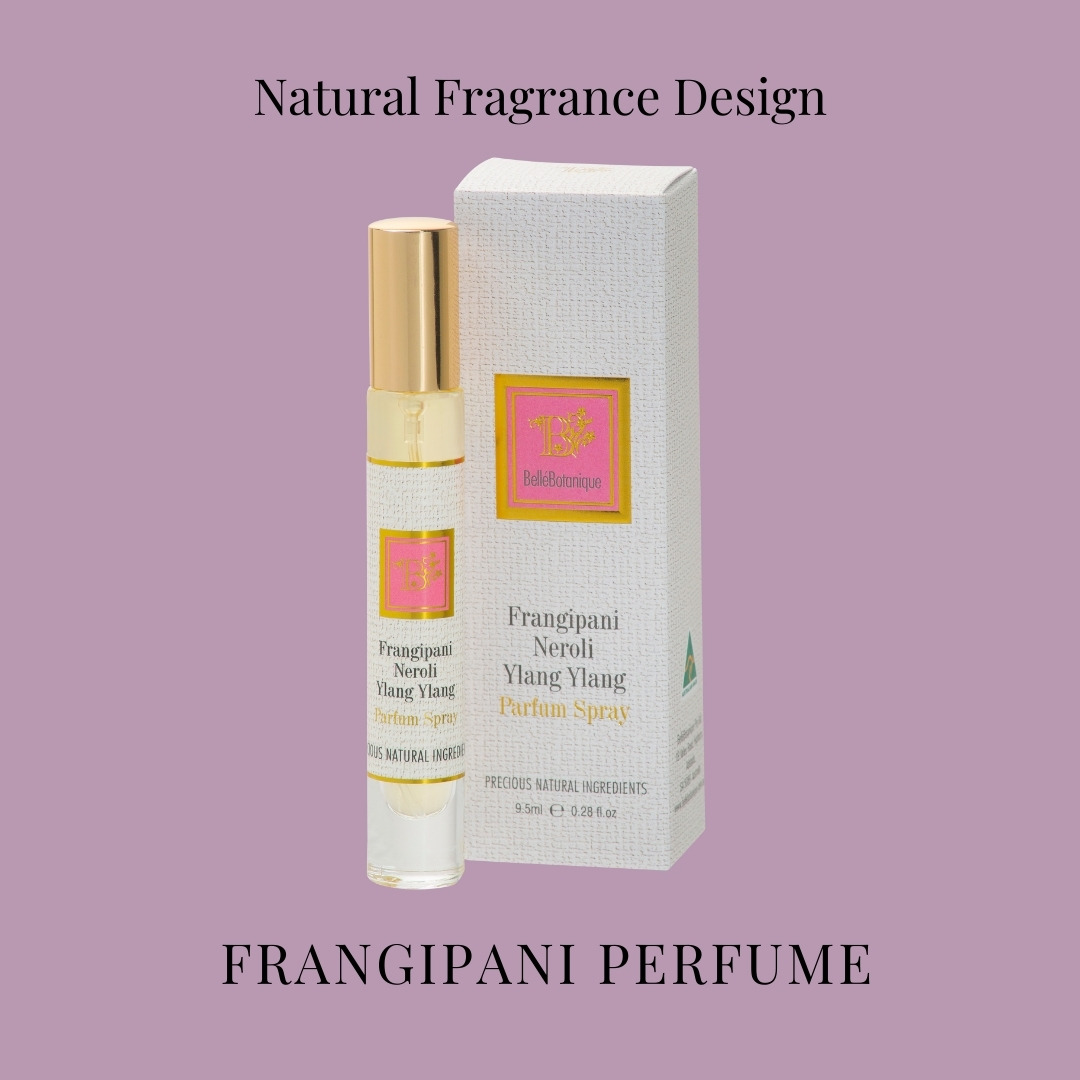I’d want to start by thanking you for reading this article and showing interest in it; I have been working as a cosmetic-scientist developing skincare, haircare, natural fragrance, and antimicrobial products. So one may ask, what does product engineering has to do with a Frangipani Perfume ? Product design and engineering have everything to do with quality and science-based cosmetic products and perfumes.
The crucial role of product engineering is to implement scientific and technical knowledge to adhere to the desired goal. In developing a natural fragrance, each ingredient may have different properties, functions, and olfactory profile; it is a complex and lengthy process. https://bellebotanique.com.au/natural-perfume-design/
Natural fragrance engineering requires the scientific application of thermodynamics and diffusion phenomena, in addition to applying psycho-emotional physics that deals with perception and sensory stimulation. The diffusion of volatile organic compounds, such as terpenes, affects the odor intensity of a fragrance.
The principles of thermodynamics dictate that over particular temperature and pressure ranges, molecular materials can exist as liquids and solids because these states are sometimes more stable than the gaseous state. In natural perfumery we are challenged to artistically combine ethers, ketones, aldehydes, alcohols, esters, nitrogen compounds, acids, and polyhydric alcohols.
You may want to sign up for updates and special offers because we do offer subscriber-only discounts.
‘Frangipani Neroli Ylang Ylang’ Natural Perfume Spray
After more than 20 years of celebrities endorsing perfumes with sickeningly sweet scents, the perfume industry is just now starting to explore and flourish with natural ingredients. My mission is to raise awareness of scent so that we may better understand how it interacts with us and how we interact with our surroundings and one another through smell.
‘Frangipani Neroli Ylang Ylang’ Parfum Spray took more than two years and nearly 350 formulation trials, until we got the desired scent. Smelling’ Frangipani Neroli Ylang Ylang’ on a strip and especially in the air following a string of “cheap” fragrances is like watching a classical film after episodes of a mundane TV show. Countless floral perfumes may copy parts of it, but undoubtedly, they mistakenly will play it straight by GC MS or GC FID analysis (de Godoy et al., 2011; López-Nogueroles et al., 2010) .
In a head-on collision/combination between Neroli (Orange Blossoms) and Ylang Ylang; these two halves, feminine and masculine, share a common floral destiny with a pink floral in this perfume. This is precisely engineered to remove the possibility of cloying sweetness found in so many perfumes. Frangipani perfume is so finely tuned – like the optimistic sunlight, perfect and sure, a message of straightforward good news.
You can order a Travel Pack by clicking here and/or subscribe to receive special offers and updates.
Health, Environment & Safe Chemicals
The chemical industry initially denied that there was a problem when Rachel Carson’s book Silent Spring was published in 1962. The more progressive businesses gradually understood that a more proactive strategy was necessary for their own survival and long-term success because the environmental problems were not going away.
In perfumery, new products are required to regenerate the industry and help customers to lead safe and happy lives. Hence, we select safe and environmentally friendly ingredients. Our Australian made natural fragrance products take years to develop.
Frangipani Neroli Ylang Ylang Perfume Spray breaks away from the traditions of sickly sweet fragrances; as it respects a woman’s individuality in workforce and public professional spaces and fosters an aroma of originality and pleasantness.
https://bellebotanique.com.au/product/frangipani-neroli-ylang-ylang-parfum-spray/
Cheers,
Manoj Jain
References:
de Godoy, L. A. F., Hantao, L. W., Pedroso, M. P., Poppi, R. J., & Augusto, F. (2011). Quantitative analysis of essential oils in perfume using multivariate curve resolution combined with comprehensive two-dimensional gas chromatography. Analytica Chimica Acta, 699(1), 120–125. https://doi.org/10.1016/j.aca.2011.05.003
López-Nogueroles, M., Chisvert, A., & Salvador, A. (2010). A chromatochemometric approach for evaluating and selecting the perfume maceration time. Journal of Chromatography. A, 1217(18), 3150–3160. https://doi.org/10.1016/J.CHROMA.2010.02.078

